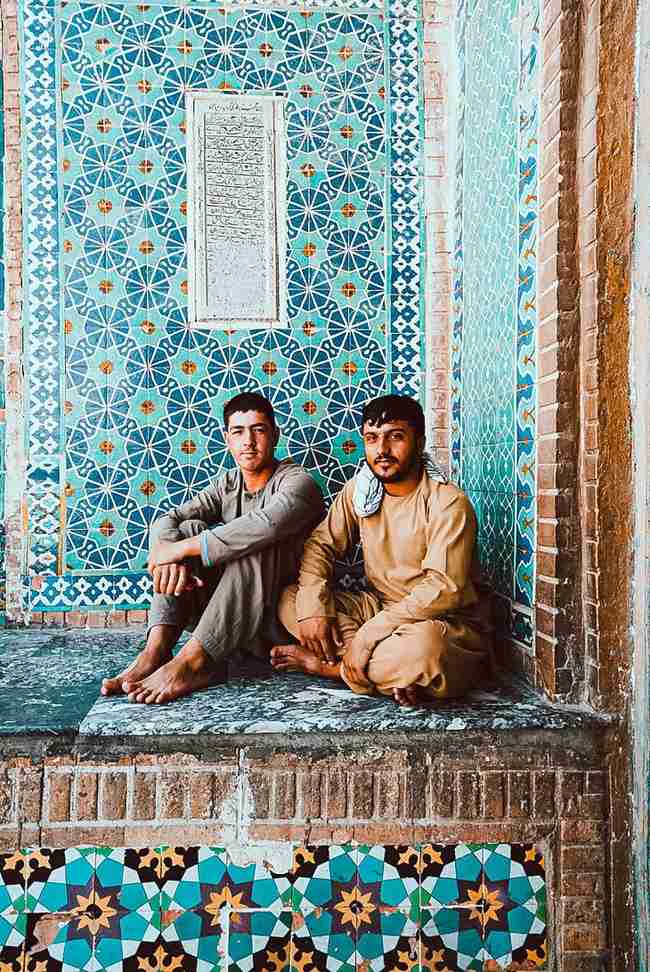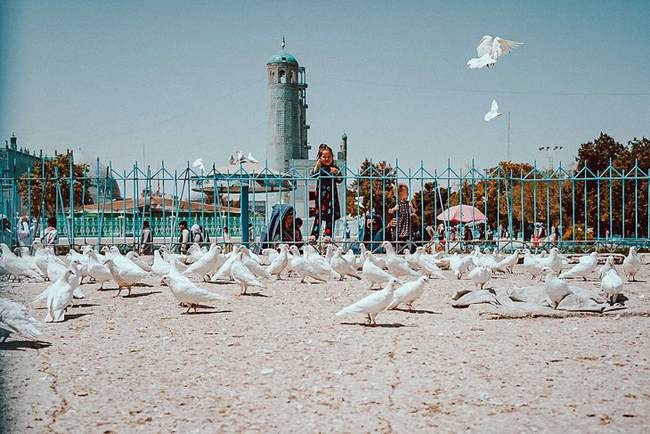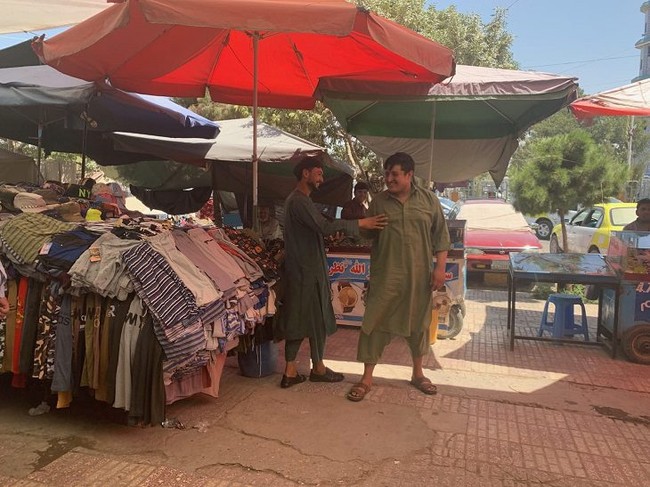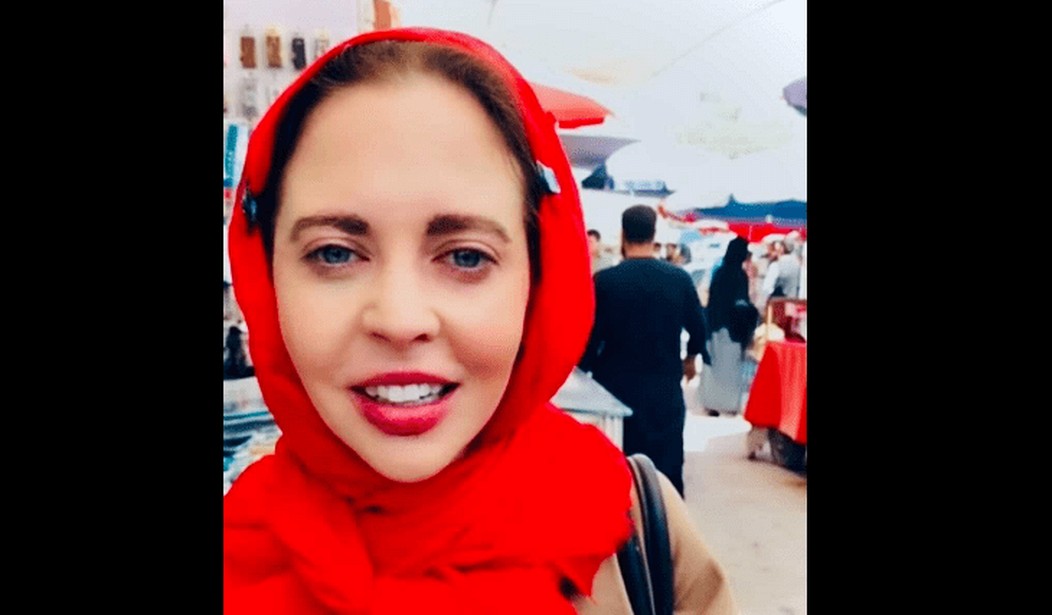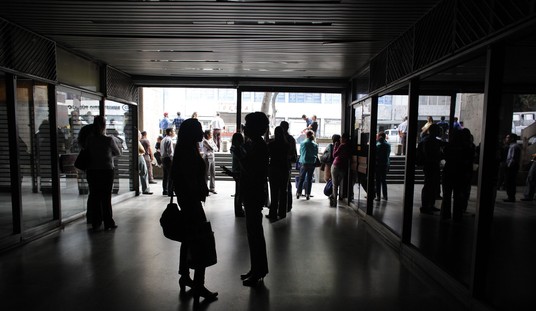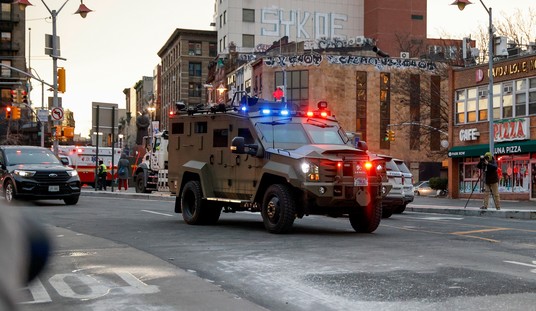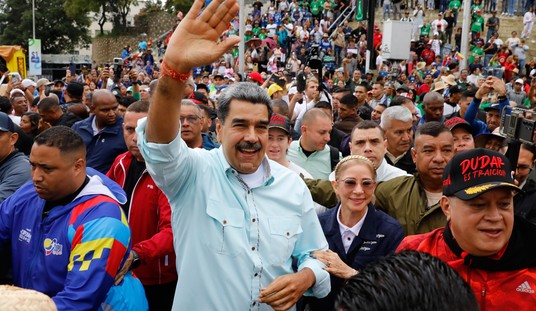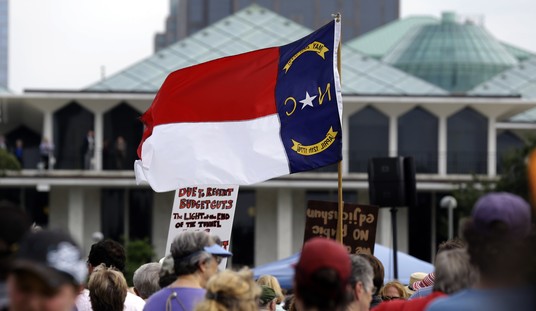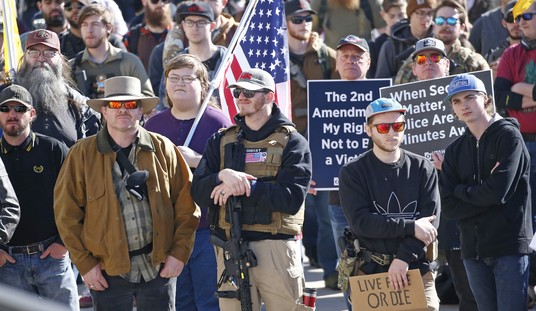Dispatches from Afghanistan by Hollie McKay
12 August 2021
Reporting from the Mazar-i-Sharif, the fourth largest city in Afghanistan, the people are worried but take things in stride.
In much of Afghanistan, the situation is grim as the U.S. withdrawal enters its twilight and the Taliban continues to make strategic territorial gains at jarring speed.
My morning news feeds are bombarded by reports of the latest province that fell, the number of the displaced, what disputed percentage of this beautiful country is domineered by the brutal insurgency that U.S forces usurped from power almost twenty years ago.
But from far away, if this were all I was reading and repeating from a somewhat gilded bubble of Washington DC, I would envision something akin to an apocalyptic hell in which all Afghans were relegated to hiding in their homes awaiting the eventual onslaught of the Taliban regime.
Here, there is more to the story. There is war but there are faces to war.
The numbers are searing, but war is not only numbers. There are human stories of survival and resilience behind the cache of facts and figures.
Even in the northern province of Mazar, currently under unprecedented attack by the Taliban, life does not stop.
This is what war demonstrates time and time again — that life resumes even when the future is uncertain, and the veil of security could shatter at any moment. Life continues even when your city is surrounded by the Taliban, as is the case in Mazar-e-Sharif.
War can still be a war, but it is not all rockets cracking the gloomy air. Civilians caught in the crossfire have no choice but to continue to live out their lives the best they can, feed their families, and turn to prayer and laughter and tea beneath the warm sunshine.
It is ordinary people who suffer, and it is ordinary people who survive. What strikes me most about the people of Mazar-e-Sharif, the pivotal northern province, is the defiance in the face of adversity. The markets are full; locals still seek prayer inside the iconic Blue Mosque in the city’s heart – a sort of dove-lined oasis in the middle of the madness. People pedal rusty bikes through the bustling, traffic-choked streets and the smells of fresh naan and kebabs fill almost every street corner.
From the inside looking out, it is business as usual. If people are afraid, they do not show it.
Sometimes, people will approach you when they hear a foreign accent. Then, from behind the blue burka, they would like to know how to move to America.
One gentle-faced, 25-year-old former police officer, Asif – wounded in the 12-hour, 2018 ambush that struck the InterContinental Hotel in Kabul that killed 40 – approached us outside the mosque with a sweet hello in halting English.
Asif was forced into retirement as a result of his injuries, and now sells fabrics in the nearby market. He tells me over and over that the situation is “very bad” and he worries every day. But he says it all with a smile and takes it all in his stride, recalling the times he met U.S soldiers and the high regard for which he holds them.
Sometimes, fighting isn’t always about firing a weapon and peering through a sandbagged frontline. Sometimes, fighting is not giving in and instead, continuing to live life, providing, and finding light in impending darkness.
Don’t give up on Afghanistan yet.
Some street snaps of Mazar-e-Sharif by kickass photog @JakeSimkinPhotos. The less awesome ones courtesy of my iPhone.
